Fleas, those pesky little parasites, can wreak havoc not only on your beloved pets but also on your home. Prevention is key when it comes to keeping these blood-sucking pests at bay. It’s crucial to maintain a proactive approach in safeguarding your furry friends from flea infestations.
By taking preventive measures, you not only protect your pets from the discomfort and potential health issues caused by fleas but also maintain a clean and hygienic living environment for yourself. One of the primary reasons to prevent fleas is the negative impact they can have on the well-being of your pets.
Fleas are not just tiny troublemakers; they are notorious carriers of diseases and allergens that can lead to severe health problems in dogs and cats. These pests survive by feeding on their hosts’ blood, leaving behind itchy bites that can cause incessant scratching, hair loss, skin infections, and even anemia in severe cases.
Furthermore, some pets may develop allergies to flea saliva, resulting in intense itching and discomfort. By taking preventative measures against fleas, you reduce the risk of all these health issues plaguing your furry companions.
A flea infestation can quickly turn into a nightmare for both you and your pets. Not only do these persistent parasites make themselves at home on your pet’s fur or skin but they also spread throughout your entire household if left unchecked.
At every stage of their life cycle — from eggs to larvae to eggs larvae and pupae to — fleas pose unique challenges when it comes to eradication. Adult fleas are skilled jumpers capable of leaping onto unsuspecting hosts with remarkable precision.
Once aboard their host (your pet), they start feasting on their blood meal. This relentless feeding can lead to significant discomfort and irritation for your pet.
The problems don’t stop there. Fleas reproduce at an alarming rate, with a single female flea laying up to 50 eggs per day.
These tiny eggs then fall off your pet into the environment — be it your carpet, bedding, or furniture — making your home a veritable breeding ground for the next generation of fleas. To make matters worse, fleas are hardy creatures capable of surviving in various climates and conditions.
Even after treating your pets, you may find adult fleas lurking in hidden nooks and crannies around your home. This is why prevention is crucial; by keeping these parasites at bay, you can avoid the overwhelming task of trying to get rid of fleas by yourself of a full-blown flea infestation.
So buckle up and join us on this journey as we explore effective ways to prevent fleas from plaguing your pets and turning your haven into a flea-ridden disaster zone. We’ll equip you with practical tips and expert advice that will help you win the battle against these persistent pests!
Understanding Fleas
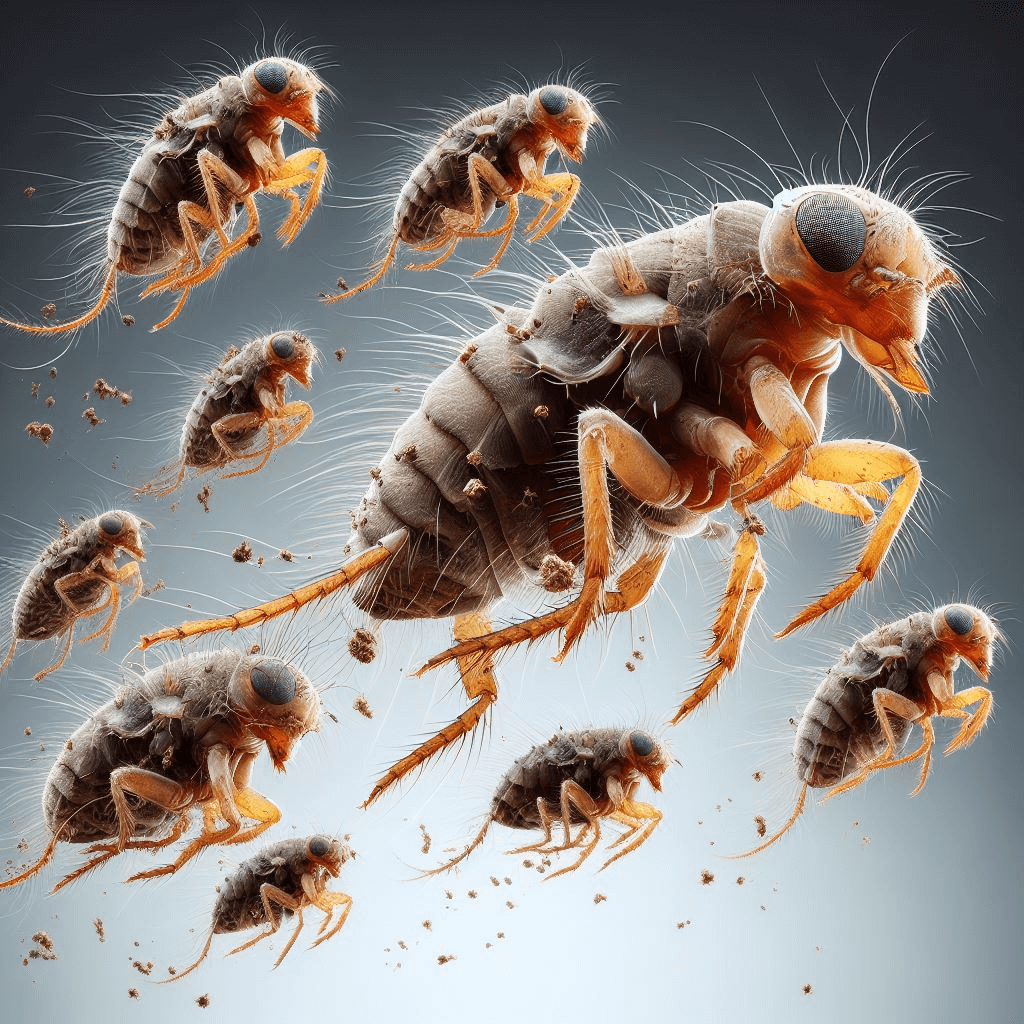
Importance of preventing fleas on dogs and cats
Fleas, those pesky little critters that wreak havoc on our furry friends, have a rather fascinating life cycle. Understanding this flea life cycle is crucial in combating these tiny nuisances effectively. It all starts when an adult flea finds its way onto our pets or into our homes.
These adult fleas survive by feeding on the blood of animals like dogs and cats. Once they’ve had their fill, these adult fleas lay eggs, which can be found scattered throughout the environment where dog fleas and our pets roam.
These eggs hatch into larvae within a few days and hide themselves away in dark corners or deep within carpets, furniture, or bedding. After spending some time as larvae, they metamorphose into pupae.
This stage is where the fleas undergo significant transformation while enclosed within protective cocoons. They can stay in this dormant state for weeks or even months until triggered by factors like vibration or carbon dioxide to emerge as fully developed adults ready to feast on unsuspecting pets once again.
How fleas infest pets
Fleas are cunning creatures when it comes to finding their way onto our beloved dogs and cats. They employ various tactics to hitch a ride and make themselves at home on our furry companions.
One common method is known as “jumping,” where the fleas launch themselves from infested areas onto passing animals. This often occurs outdoors when dogs are enjoying walks through grassy fields or playing in wooded areas.
Additionally, cats who venture outside may also become infected by fleas and become victims of these opportunistic parasites. Another way fleas infest pets is through direct contact with other infested animals.
Whether it’s during playdates at the dog park or encounters with neighborhood feline friends, close proximity provides ample opportunity for these agile insects to transfer from one host to another. It’s important to note that fleas can affect any pet, regardless of how clean or well-groomed they are.
Even pets who are indoors most of the time can fall prey to fleas brought in unknowingly by humans. These persistent pests have a knack for finding their way into our homes through various means like clothing, shoes, or even other infested animals.
To effectively combat flea infestations and protect our furry friends from these annoying creatures, it’s crucial to understand their life cycle and the ways they can infiltrate our pets’ lives. Taking proactive measures for flea prevention is key to keeping our pets happy and healthy while warding off flea treatments and any potential issues such as excessive itching, bald patches, or skin irritations caused by flea bites.
Regular Pet Grooming Practices
When it comes to preventing fleas on our beloved dogs and cats, regular grooming practices play a crucial role. Brushing and combing not only help keep our furry friends looking dapper, but they also serve as an effective method to remove fleas and their eggs from their coats. To tackle the task of flea removal during grooming sessions, it’s important to choose the right tools for the job.
There are various types of brushes and combs available, each suited for different coat types. For short-haired pets, a fine-toothed flea comb works wonders at capturing those pesky parasites close to the skin.
Long-haired pets benefit from slicker brushes, which effortlessly detangle fur while also picking up any unwelcome hitchhikers. To maximize effectiveness during brushing and combing sessions, pay extra attention to areas where fleas love to hide – behind the ears, around the neck, under the belly, and in between toes.
Be gentle yet thorough when working through your pet’s fur with a comb or brush so as not to cause any discomfort or skin irritation. Remember that prevention is key; regular grooming sessions are an opportunity not only for bonding with your pet but also for keeping them safe from flea infestations.
Bathing: A Refreshing Defense Against Fleas
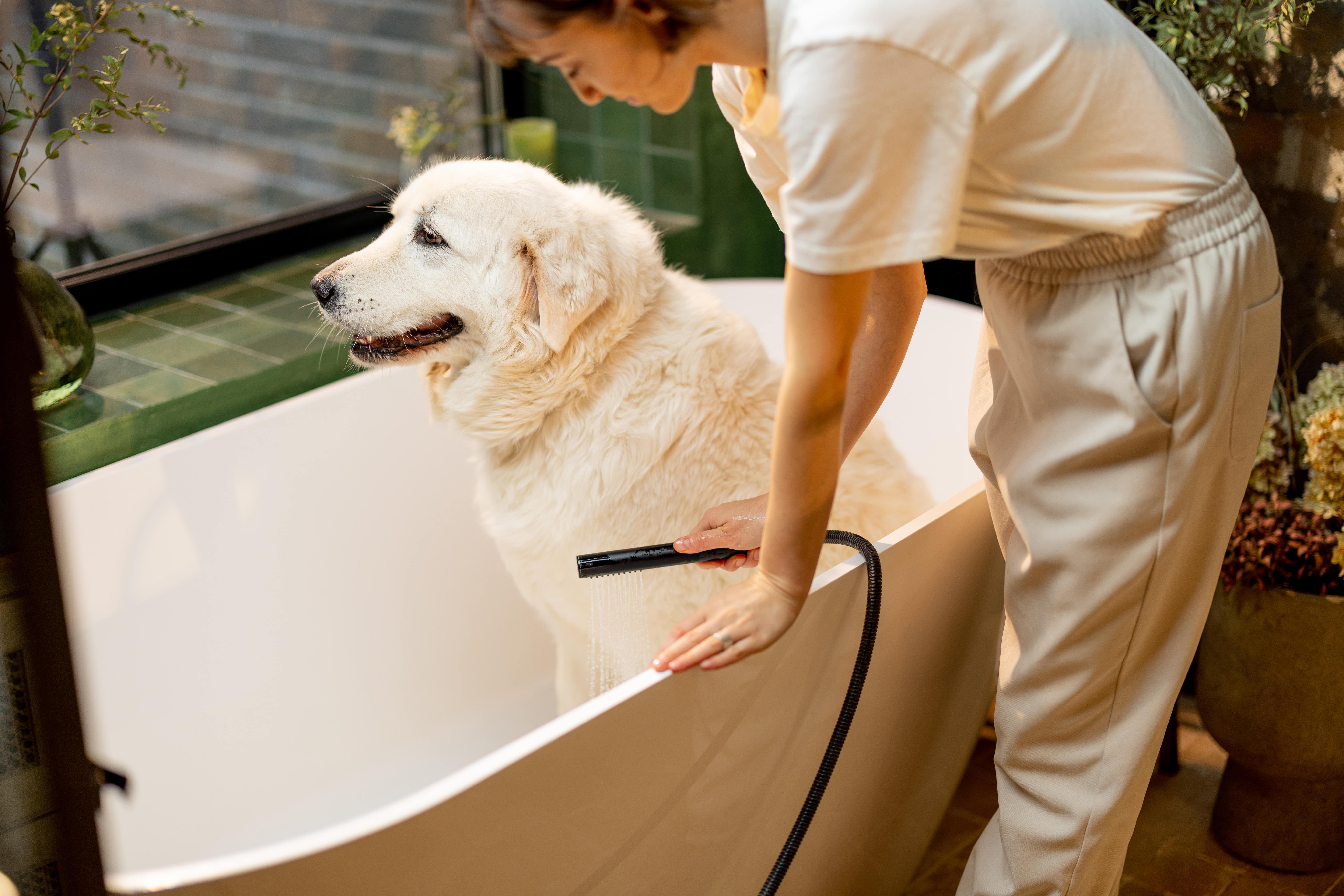
There’s nothing quite like a sudsy bath to keep fleas at bay! Bathing your pets using flea-repellent shampoos is another effective measure in preventing these unwelcome critters from taking residence on their warm coats.
When choosing a flea-repellent shampoo, look for ingredients such as pyrethrin or permethrin – natural insecticides that repel fleas without harming your furry friend. Proper bathing techniques are crucial to ensure maximum effectiveness.
Start by wetting your pet thoroughly, ensuring all areas of their body are soaked, taking care to avoid their eyes and ears. Apply a generous amount of flea-repellent shampoo, gently massaging it into their coat and paying close attention to any areas where fleas tend to hide.
Allow the shampoo to sit on their fur for a few minutes before rinsing it off completely. While bathing is an effective method of preventing fleas, it’s important not to overdo it.
Frequent washing can strip the natural oils from your pet’s skin, leading to dryness and irritation. Stick to a bathing schedule recommended by your veterinarian – generally every few weeks – or consult with them for specific guidance based on your pet’s breed and individual needs.
Remember, regular grooming practices like brushing and combing along with proper bathing techniques act as powerful barriers against fleas. By dedicating time and effort towards these preventative measures, you’ll help safeguard your pets from flea infestations while fostering a clean and healthy environment for them to thrive in.
Environmental Control Measures
One of the key steps in preventing fleas from infesting your beloved pets is ensuring their bedding is cleaned regularly. It’s important to understand that fleas love to lay their eggs in warm, cozy areas, and your pet’s bedding provides the perfect environment for these pesky parasites to thrive.
By washing the bedding frequently, you greatly reduce the chances of flea infestations. When it comes to cleaning pet bedding, remember that temperature matters.
Hot water is crucial in killing off any flea eggs or flea larvae that may be hiding within the fabric. Washing at a high temperature (around 140°F or 60°C) will effectively eliminate these pests and prevent future generations from hatching.
Additionally, be sure to use a detergent that is safe for your pets. Avoid harsh chemicals and opt for natural remedies whenever possible, as some ingredients in regular detergents may irritate your dog’s sensitive skin or even harm them if ingested by cats.
Vacuuming the house frequently
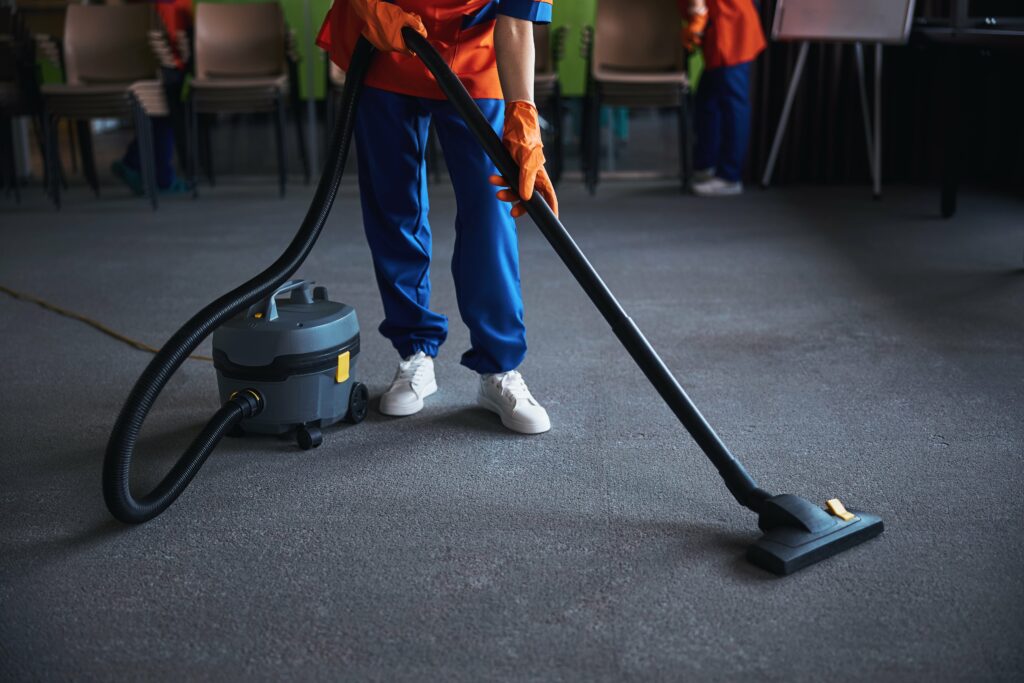
Vacuuming regularly is another essential step in preventing fleas from wreaking havoc on your pets and home. Although it may seem like a simple task, vacuuming can make a huge difference in controlling flea populations and removing their eggs from your living space.
When vacuuming, pay extra attention to areas where your pets spend most of their time—these are likely hotspots for flea activity. Focus on upholstered furniture, rugs, carpets, and any other cozy nooks where fleas might hide.
The powerful suction of a good vacuum cleaner will not only suck up adult fleas but also remove flea dirt (which is actually excrement), eggs, and larvae. To take it one step further in preventing re-infestation of flea poop after vacuuming, dispose of the vacuum bag immediately after cleaning.
Seal it tightly in a plastic bag and discard it in an outdoor garbage bin. This will ensure that all the fleas and their life stages are safely removed from your home, preventing them from hatching and re-infesting your pets.
Natural Remedies for Flea Prevention
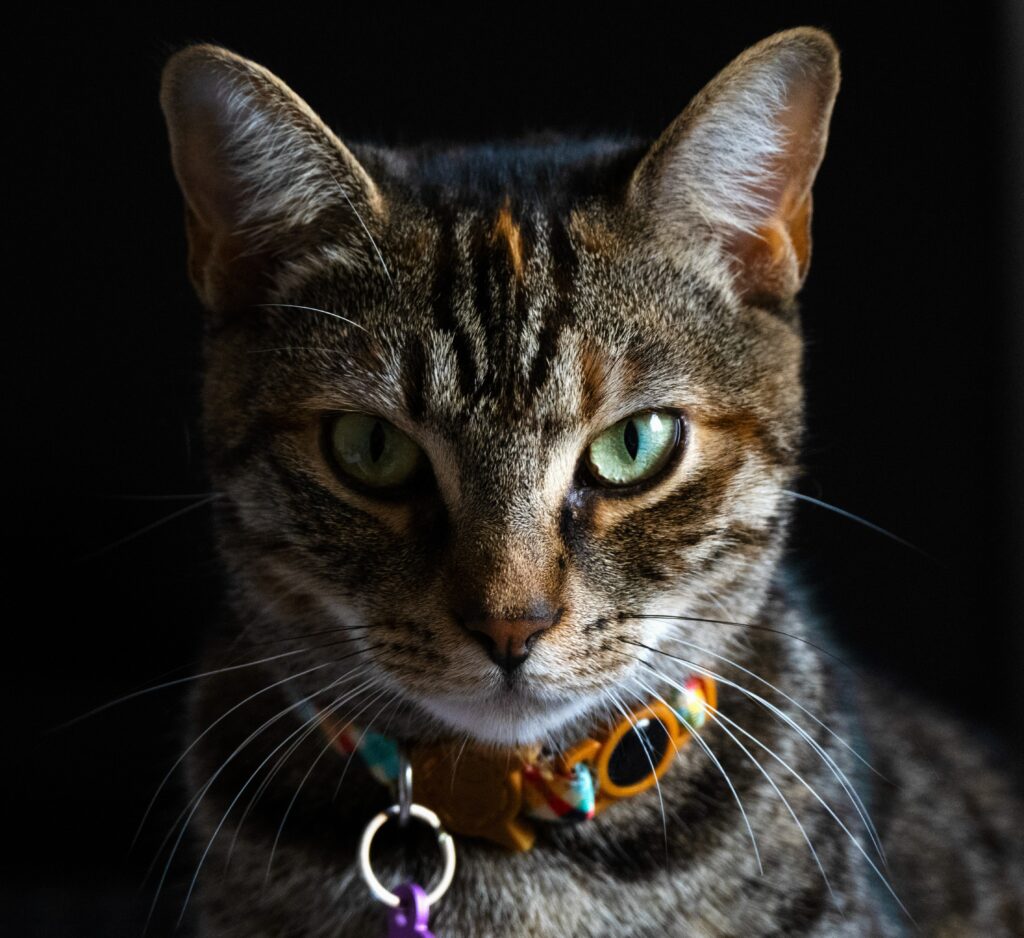
When it comes to repelling those pesky pests, essential oils can be a natural and effective solution. Lavender, citronella, eucalyptus, and cedarwood oils are all known for their flea-repellent properties.
These aromatic oils not only smell delightful to us but also act as a deterrent to fleas and ticks. To use essential oils effectively, it is crucial to dilute them properly.
Undiluted essential oils can be too potent and may irritate your furry friend’s sensitive skin. The general rule of thumb is to dilute 1-2 drops of the chosen oil with 1 tablespoon of a carrier oil such as almond or coconut oil.
Once diluted, you can apply the mixture to your pet’s collar or bedding for continuous protection against fleas. Alternatively, you can mix a few drops with water in a spray bottle and lightly mist your pet’s fur (avoiding the face) for on-the-go flea protection too.
Another natural option for flea prevention products is herbal flea collars or sprays. These products often contain ingredients such as neem or lemon eucalyptus oil, which are known for their insect-repellent properties. When choosing an herbal flea collar, make sure it is specifically designed for cats or dogs depending on your pet’s species.
Follow the manufacturer’s instructions carefully regarding how long the collar should be worn and when it needs replacing. If you prefer making your own homemade herbal sprays or collars, start by infusing dried herbs such as rosemary, lavender, or peppermint into water.
Boil one cup of water and add two tablespoons of dried herbs per cup of boiling water. Let this mixture steep overnight before straining it into a spritzer bottle.
You can use this herbal spray on your pet’s fur, bedding, or around the house to naturally repel fleas. Remember, though these remedies can be effective against cat fleas, they should not replace other preventive measures like regular grooming and cleaning.
Prescription Medications for Flea Prevention
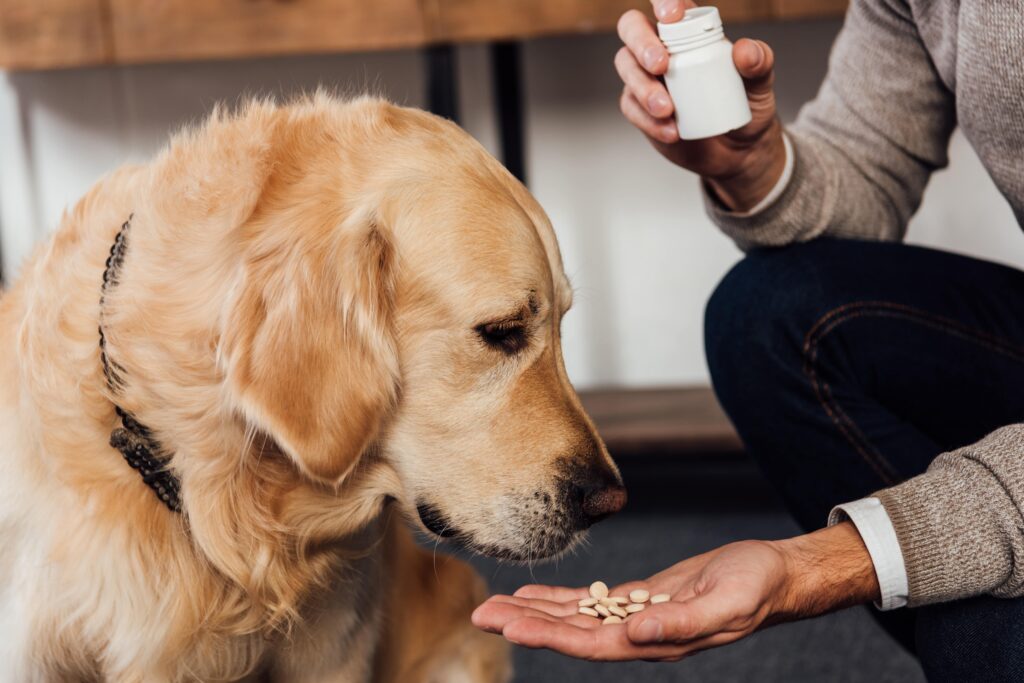
When it comes to preventing fleas on your furry companions, oral medications are a highly effective and convenient option. There are several types of oral flea prevention medications available, each with its own unique benefits.
1. Chewable Tablets: These tasty treats make flea prevention a breeze. They contain active ingredients that target adult fleas, preventing them from reproducing and infesting your pets further. Some chewable tablets also provide protection against other parasites such as ticks and heartworms, offering comprehensive protection for your beloved pets.
2. Monthly Pills: These oral medications are given once a month and work by disrupting the life cycle of fleas. They contain ingredients that kill fleas at different stages of their development, including eggs, larvae, and adult fleas. This comprehensive approach ensures that no matter where the pesky critters hide in your pet’s environment, they won’t stand a chance.
3. Injectable Medications: Administered by veterinarians, injectable, flea treatment and prevention medications offer long-lasting protection against these annoying blood-sucking pests. Typically lasting for several months per injection, they save you the hassle of remembering monthly doses while providing continuous coverage for your furry friends.
Conclusion
In the battle against pesky fleas on dogs and cats, prescription medications have proven to be a formidable weapon in preventing infestations and keeping our beloved pets comfortable and healthy. Whether you opt for chewable tablets or monthly pills or rely on injectables administered by professionals, these medications effectively disrupt flea life cycles and prevent reinfestations.
Remember to consult with your veterinarian before starting any prescription medication for flea allergy to ensure it is suitable for your pet’s specific needs. By combining an effective oral medication with regular grooming practices, and environmental control measures like washing bedding in hot water or using natural remedies such as essential oils, you can create a robust defense against fleas.
With diligent, flea control and prevention, your furry companions can live their lives free from the discomfort of flea infestations and the risk of diseases associated with these tiny pests. So, take action today and say goodbye to fleas for good!
Exterminate fleas with D-Termination: The top-notch pest control service in Las Vegas!

If you’re contending with flea issues on your Las Vegas property, trust D-Termination for assistance. Our expert team excels in eliminating flea infestations and restoring comfort and peace to your space. Say farewell to fleas—opt for D-Termination for effective pest control today!
Reach out to us at 702-919-6310 or visit dtermination.com to schedule your flea control service and reclaim your space from these bothersome pests.
Frequently Asked Questions:
Fleas on dogs and cats can be repelled using flea collars, topical treatments, or oral medications.
To prevent fleas in dogs, you can administer oral flea medications, use topical treatments, or place a flea collar on your dog.
Yes, dogs can get fleas from grass if the environment is infested.
While uncommon, fleas can infest human hair if there is a significant flea infestation in the environment.
If this piece resonated with you, you might find satisfaction in exploring these related readings:
Tips for Regular Pet Grooming to Prevent Fleas
Importance of Regular Veterinary Check-ups for Flea Prevention








